FINDING ACCEPTANCE
Obviously the picture painted here so far is of an industry with a bleak history in terms of how it has presented LGBT+ characters and themes to its audiences and, at least in some cases, how that presentation has made performers within the industry feel about themselves.
Fortunately though, Kanyon’s account does not seem typical of how co-workers have historically behaved behind the scenes towards wrestlers who were either openly gay or presumed to be gay.
On the contrary, a lot of such wrestlers’ experiences seem to have been broadly positive: for many decades gay wrestlers have at worst been tolerated in locker rooms, and at best have been openly embraced.
Perhaps the most famous example of such a positive story comes from the legendary Pat Patterson, whose death in December has prompted plenty of reflection on his remarkable life.
While it is true that Patterson sometimes felt it prudent to be discreet about his sexuality, he also found acceptance among those who knew.
People who helped him break into the business such as Mad Dog Vachon and Verne Gagne found their initial prejudices disappear as they got to know Patterson and his partner Louie.
Long-time tag partner Ray Stevens accepted Patterson without question, as did both Vince McMahon Sr. and Jr. when he worked for them.
Patterson has even described making subtle references to being gay in his promos to get a laugh from his colleagues.
“That’s why I never had any issues while with WWE when my friend Gorilla Monsoon or others would poke fun at me while doing commentary,” he explained in his autobiography. “I was in on the laugh from the beginning.”
It wasn’t always plain sailing. In the early 1990s while he was a senior executive for the WWF he was among three company employees accused of sexual harassment by a number of young male wrestlers and members of the ring crew.
Patterson was never charged with any wrongdoing and was later cleared by a company investigation.
While the truth may never be known with absolute certainty, most of those close to the situation clearly believe that he was unfairly assumed of being involved with the misdeeds of others.
Patterson himself felt deeply wounded by the accusations and later wrote that “the fact that I was gay certainly played a part in me being targeted like that.”
He briefly resigned from the company but soon returned and continued to work there for many years.
In 2014 on Legends’ House, a reality show produced for the new WWE Network, he acknowledged for the first time on camera that he was gay.
Even though this did not come as a surprise to anyone it was still an emotional moment and helped to confirm a sea change in the industry’s public acceptance of LGBT+ talent – a change that had been set in motion the previous year when, for the first time ever, a WWE wrestler on the active roster had come out as gay.
It was a moment that was as courageous as it was sudden.
At the start of SummerSlam weekend in 2013, Darren Young (real name Fred Rosser) was stopped for an interview at Los Angeles airport by a TMZ reporter who asked him if he thought a gay wrestler could be successful in WWE.
“Absolutely, look at me!” replied Young. “I’m a WWE superstar and to be honest with you, I’ll tell you right now, I’m gay and I’m happy!”
The apparently spontaneous revelation was warmly received by the key names in the company: Young said that he was immediately embraced by Stephanie McMahon and Triple H when the news broke, and that Vince McMahon spoke to him for 20 minutes, reassuring him that everything would be alright and that the company supported him.
In interviews over the course of the weekend, several top WWE stars also offered their support: Randy Orton described the news as “awesome” and added “it’s OK to be gay, it’s no big deal”; John Cena said he was proud of Young for making such a bold move, adding that his own oldest brother is gay and is openly accepted by his family; Big Show commended his courage and predicted he would find a lot of love and support from his colleagues and fans.
Young was soon appearing on Good Morning America and the Ellen DeGeneres show, where once again the response was overwhelmingly positive.
It was a moment not entirely without precedent: years earlier Orlando Jordan openly described himself as bisexual on his Facebook page and had reportedly pitched a character to WWE management that would allow him to express that on-screen – a version of which he ended up doing in 2010 after he had moved to TNA.
Still, Young’s announcement was the first for an active roster member who identified as gay, and for LGBT+ followers of pro wrestling, it felt like an immensely life-affirming few days.
It also seemed to clear the path for the next generation of talent in the company to be more open about their sexuality: nowadays Shayna Baszler, Sonya Deville, Jake Atlas, Tegan Nox and Piper Niven are all openly LGBT+ while working for WWE.
Meanwhile, Finn Balor’s WrestleMania 34 entrance, during which he was accompanied by members of New Orleans’ LGBT+ community, was another sign of the company’s present-day determination to send an inclusive message.
The arrival of AEW over the past two years has broken barriers too: their signing of Nyla Rose in February 2019 was the first time an openly transgender wrestler had joined a major promotion, and her women’s title win a year later made her the first transgender wrestler to win a major world title.
The company has also prominently featured Sonny Kiss, a gender-fluid wrestler whose character is a still-too-rare case of an LGBT+ person portraying a character that is authentic to their true selves.
Most recently, in November AEW signed tag team The Acclaimed – one of whom is Anthony Bowens, an openly gay young athlete who runs a popular YouTube channel with his boyfriend.
Trending
- WWE Talents Claim Drew Gulak Purposely Targeted Real Injuries In Matches, Call Him A ‘Bully’
- Title Change At WWE Backlash 2024
- WWE WrestleMania 41 Location & Date Confirmed
- Top WWE Star Confirms He Reached Out To Will Ospreay Before AEW Signing
- Another New Bloodline Member Debuts At WWE Backlash
- Unseen Bloodline Botch From WWE Backlash 2024
- WWE WrestleMania Announcement Update
- Change Announced For WWE Backlash Match
- Former NXT Star Appears At WWE Backlash In France
- CM Punk Locked In Bathroom At WWE HQ, Punk Provides Updates





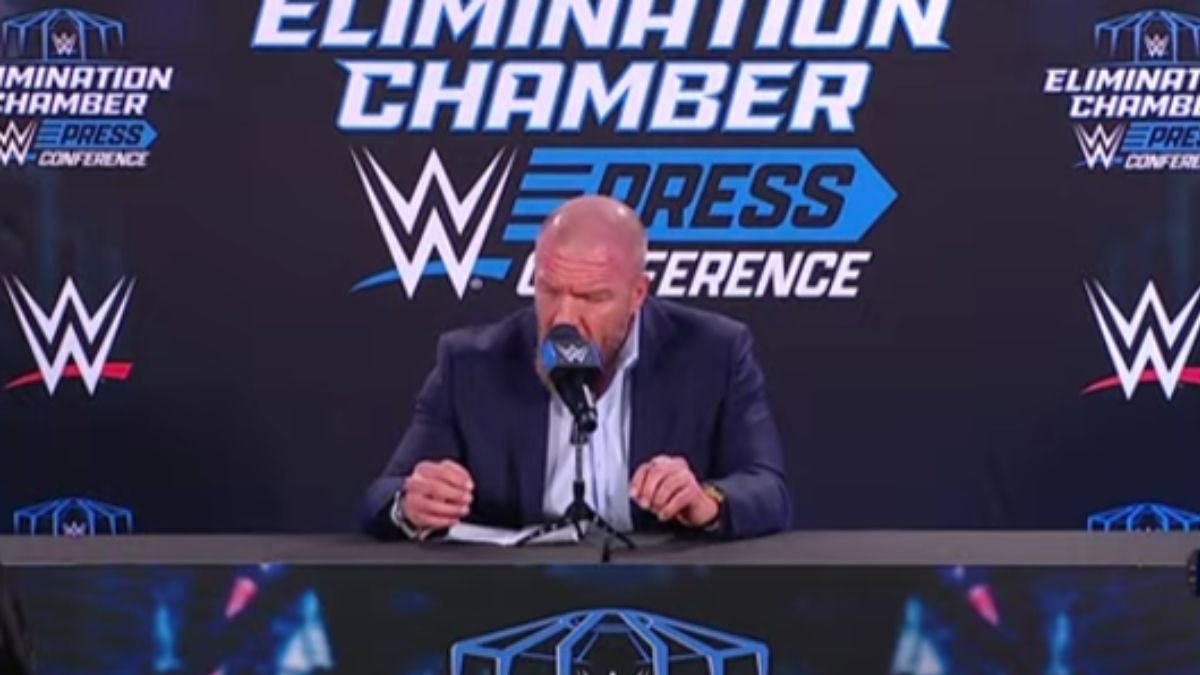

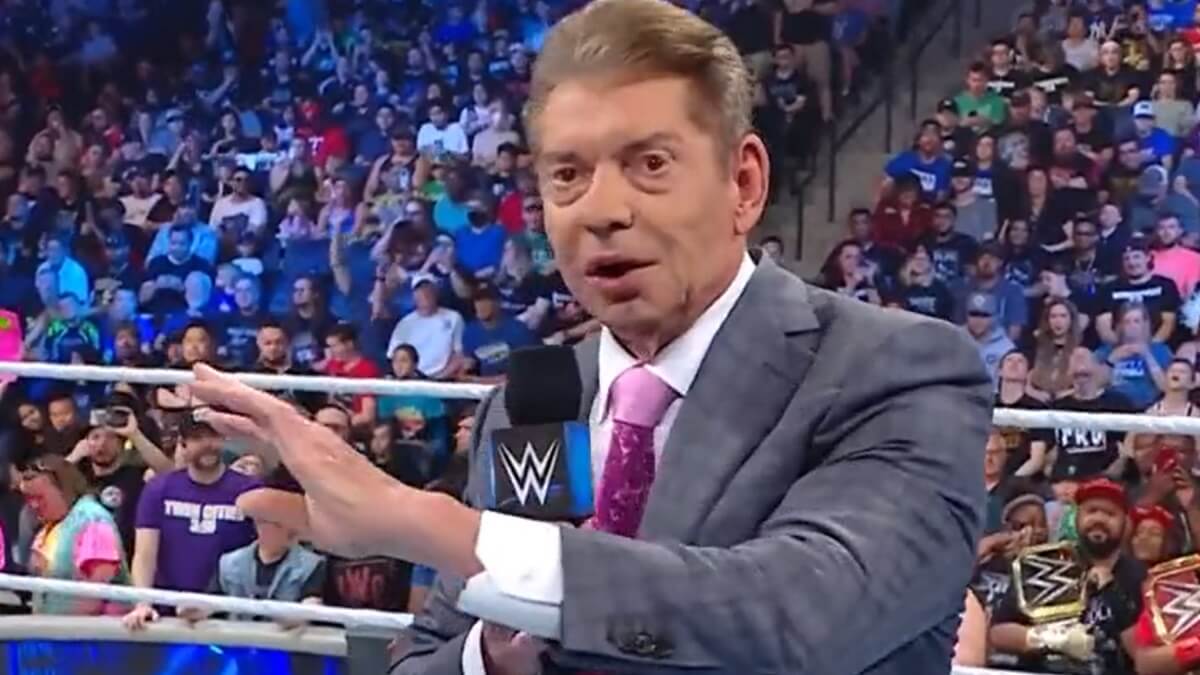
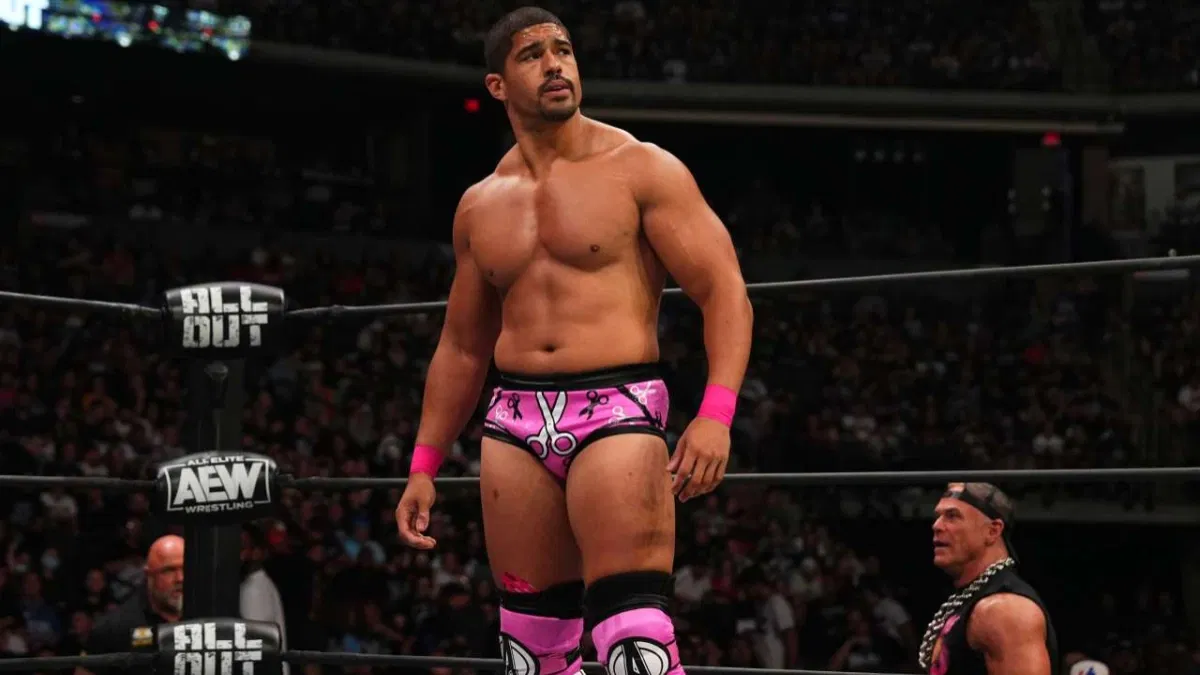

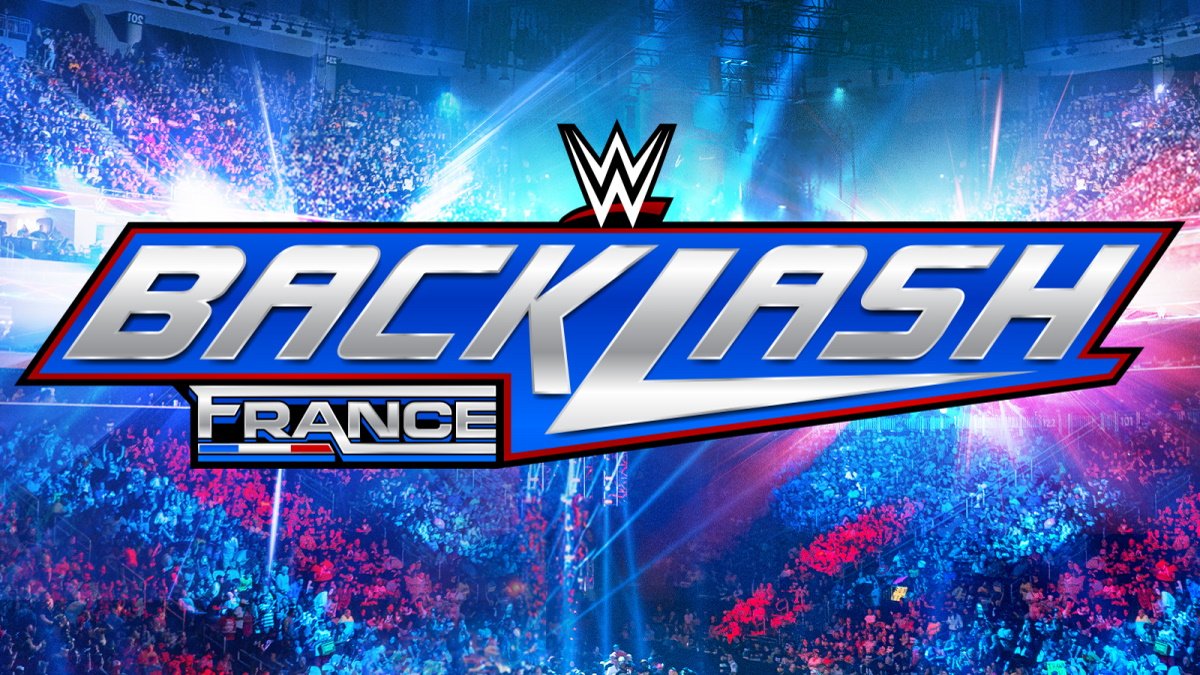

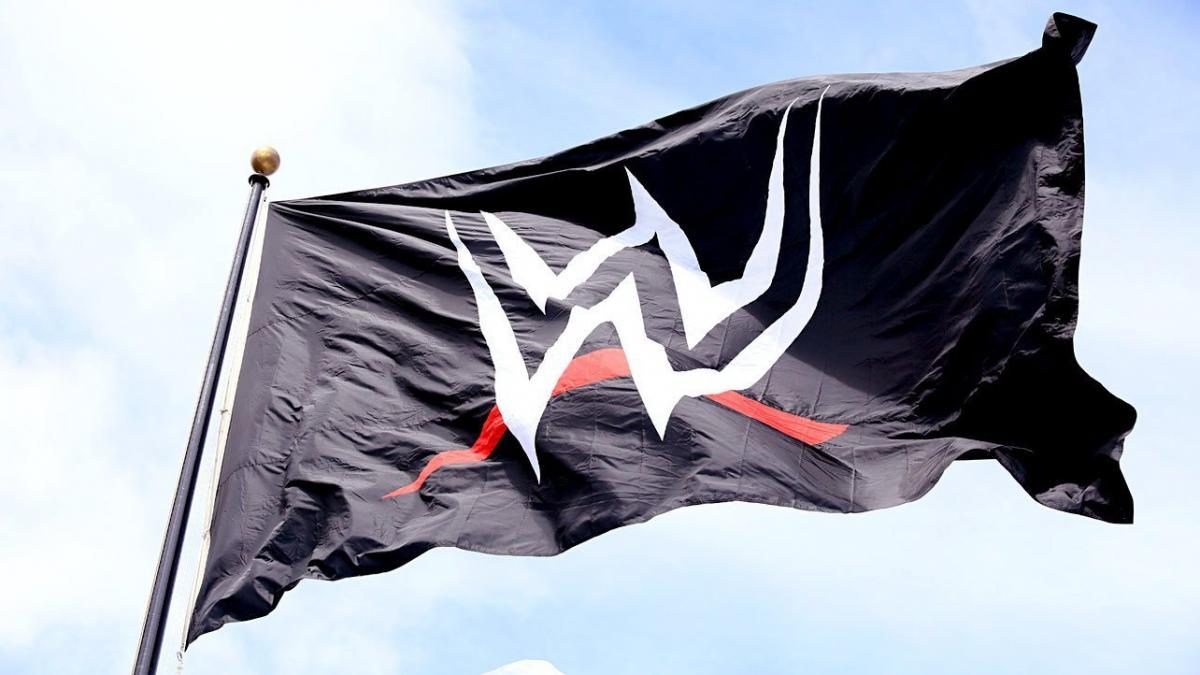



 mailing list
mailing list